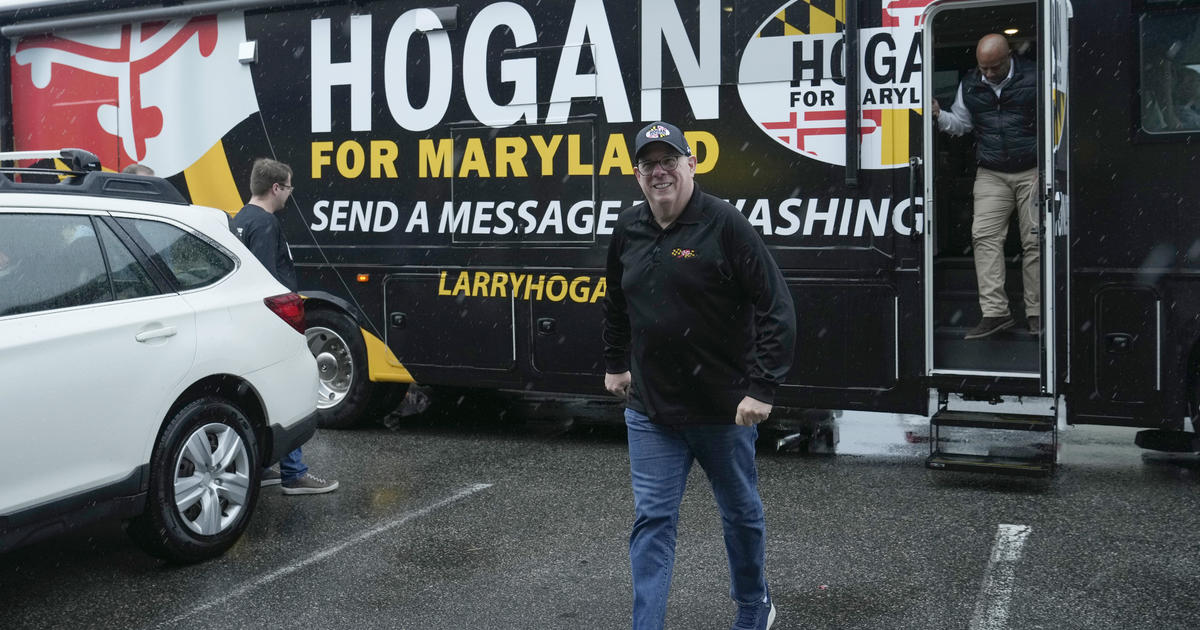1933 Hurricane Carved A Lifeline For Ocean City
ELAINE BEAN
The Daily Times
OCEAN CITY, Md. (AP) -- Sometimes a great opportunity comes out of a terrible disaster.
Eighty years ago, the Great Hurricane of 1933 ravaged Worcester County.
The boardwalk was destroyed. Streets were flooded. Homes and hotels were off their foundations. Cars were buried under sand. Electricity and water were cut off. Rivers and creeks were cresting over their banks. The auto causeway was impassable.
It had rained for days, and the coastal bays were swollen and full. Just when it seemed things couldn't get worse, a monumental event occurred.
The pent-up flood waters in the bays burst through a low spot on the Ocean City island just south of the boardwalk, washing away town streets, the railroad bridge, fishing camps and the long-hated barrier between Sinepuxent Bay and the Atlantic Ocean.
The Ocean City Inlet was born. And things in Ocean City and Worcester County would never be the same.
"From all historical accounts I've read, the townspeople were tickled to death," said local historian George Hurley, who is also a former president of both the Ocean City Town Council and the Worcester County Commissioners.
"It changed the dynamics of Ocean City entirely from an economic standpoint and certainly as a vacation destination," said present-day Ocean City Mayor Rick Meehan.
"In my opinion, the creation of the inlet was the most important event in the history of Ocean City," said Bunk Mann, local historian and author.
The cutting of the Ocean City Inlet had dramatic and long-term effects on the resort.
The new inlet changed the face of the commercial fishing industry and created a recreational one. It put an end to railroad service into Ocean City. It cleaned up the water in the bays. And it forever separated the resort from Assateague Island.
One of the first major developments from the creation of the new inlet was the dredging of Carmel Creek, a formerly muddy gut in the marsh directly across Sinepuxent Bay, to create a new commercial fishing harbor.
Before there was passage into the Atlantic through the inlet, crews of seven or eight strong men were needed to launch 40-foot fishing boats through the surf off the beachfront.
Returning with their catch, the helmsmen would catch a wave, not unlike today's surfers, and ride the crest onto the beach.
From there, mules would pull the fishing vessels over rollers made of timbers up to the high beach, where the boats unloaded.
"A lot of men lost their lives doing that," Hurley said.
It was tough and dangerous work. But that all changed after 1933.
With a new sheltered harbor and the ability to tie boats to a dock in calm water rather than launch through the rough surf, going out to sea and coming back to port became easy, with no big crews or mules needed.
"They had, for years, recognized that a lot of people visited Ocean City to go fishing, and especially offshore fishing," Hurley said. "It was just impossible, except for the very hardiest of people, to get in a boat and launch through the surf. This inlet allowed just one person driving a boat to take parties out through the inlet and fish offshore."
Martin's Seafood was one of the first commercial enterprises to take advantage of the shelter of the new harbor, opening for business in 1939 on land it purchased on the south side of the new harbor.
Once the inlet was formed and the bays were opened to the ocean, it was a natural next step to create a channel in Sinepuxent Bay to accommodate larger boats.
Up until then, the vessels of choice for recreational boaters had been small flat-bottomed sailboats that worked well in the 2- to 3-foot depths of the bay.
In the late 1930s, the Army Corps of Engineers dug a new channel up the backside of Ocean City, which was then all marsh, and pumped the dredge waste onto the island for fill.
"What this did, in addition to allowing the town to create Chicago Avenue between Second and Fourth streets, and St. Louis Avenue between the bridge and 15th Street, it also allowed development to occur on the backside of the island on what had formerly been marsh," Hurley said.
More importantly, it allowed dockage for the recreational fishing fleet between the U.S. 50 bridge and the new inlet.
Now, bigger sporting boats that could handle the ocean found safe places to dock in the bays. Sport fish, like white and blue marlin, were soon caught offshore, and a new sport fishing industry was born.
In a few years, Ocean City became known as The White Marlin Capital of the World.
Before the Storm of '33, passenger trains had been a main source of transportation for visitors coming to the resort, disembarking from the Baltimore Chesapeake and Atlantic Railroad at the station on Philadelphia Avenue.
The railroad also served the fishing camps that strung along the beach south of Ocean City. The train would make a right turn off the bridge at South Division Street, and pick up freshly caught fish boxed in ice and bound for big city markets.
But since the advent of the automobile, the number of railroad passengers had diminished. When the hurricane destroyed the railroad bridge that ran into the resort, it was never rebuilt.
Bunk Mann interviewed several eyewitnesses to the storm for a book he's writing on the history of Ocean City, and two of them remembered watching the railroad bridge fall into the bay.
"They were all children back then in 1933," Mann said.
Francis Mumford, who owned the Sandy Hill Motel in Ocean City and died this year at age 95, recalled, "I saw water from the bay rushing back to the ocean, and the railroad bridge was collapsing. I saw two railroad cars fall into the bay. They rolled over very slowly and very quietly and fell into the bay."
Floyd "Doc" Turner of Salisbury, now in his 90s, remembered, "The railroad tracks were being undercut by waters rushing back to the ocean. The tracks to the fish camps had started bending. The water was rushing beneath them, and there was no sand left to support them."
The videos of the new inlet show railroad cars drowned in the surging waters, and the railroad bridge in splinters, pilings fractured and jagged. The day of the railroad into Ocean City was over, and the day of the automobile was just beginning.
The new Inlet had a positive environmental impact on water quality in the bays.
Until 1938, Ocean City dumped raw sewage into the bay off First Street. The standing water in the bays had nowhere to drain, so it sat there and became stagnant, polluted and smelly.
"Some of the old-timers told us you could find the fattest crabs there," Hurley said.
The opening of the inlet was like opening a plugged-up drain in a bathtub. The constant rush of high and low tides now flushed the bays every tidal cycle. Previously brackish water turned salty with a positive effect on marine life.
"It caused the oysters in the bay to become much saltier, which made them much more delectable," Hurley said.
New specimens of fish appeared in the bays, migratory fish like striped bass and flounder that followed baitfish in through the fresh cut. Fishing in the bays became a sport, a bit tamer than offshore angling, but still very popular.
From the time coastal Worcester County was settled by English planters, it was a constant struggle to gain access to the open ocean from the plantations on the shores of the coastal bays, and a constant aspiration.
Charles Rackliffe, who homesteaded the old Rackliffe House behind Assateague in the 1700s, reportedly had access to the ocean through an old Sinepuxent channel. Located in the middle of today's Assateague Island National Park, the Sinepuxent inlet served the region from the 1690s until it naturally closed about 1830.
"Assateague may have been a mile offshore at the time," said Jim Rapp, president of the Rackliffe House Trust.
According to historian Hurley, the entire island of Ocean City and present day Assateague was at one time all considered Assateague Island.
"There have been many inlets opened along Assateague Island," Hurley said. "Somewhere in the long past, maybe in the 1800s, there was another natural inlet just south of Fenwick Island. From that inlet south was Assateague Island. From that inlet north was Fenwick Island. It was somewhere around today's 110th Street."
The Fenwick inlet closed naturally over the years.
Several other times, locals attempted to create their own inlets to the ocean, using primitive methods like mules pulling big plowing pans or crews of men digging with nothing but shovels, but their efforts failed.
"There was a serious attempt to create an inlet across from what is now the airport," Hurley said. "The company that formed it was some of the most leading citizens in Ocean City at that time, in the fishing industry at least."
They did, in fact, dig a successful inlet, but couldn't keep it clear.
"They tried everything," Hurley said. "They piled trees and stumps along both sides of it. They could keep the backside open, but the surf kept filling in the mouth of it. After a couple of years, they just gave up on it."
All of the inlets, whether natural or man-made, eventually filled with the constantly shifting sands -- until 1933.
After the storm cut the new Inlet, the Army Corps of Engineers interceded to keep it open. Dredging widened and deepened the channel, and rock jetties kept the sand at bay.
Assateague Island, forever separated from Ocean City, began moving westward, starved by the rock jetties from the sand that had always replenished it.
There are not many still alive who remember the cutting of the inlet in 1933, but its profound effects are still being felt on the resort and the county.
Today, tidal waters continue to powerfully rush through the Ocean City Inlet, in and out, twice a day, every day. Big commercial fishing trawlers and expensive yachts regularly use the inlet to reach the fertile fishing grounds of the Atlantic, and then return to safe harbor.
From the rock jetties, anglers cast their lines hoping to snag a passing fish, and hikers search for shells and sea glass trapped among the boulders.
Standing along the banks of the inlet today, it's hard to imagine when the passage to the Atlantic wasn't there, and when there was no natural wonder of Ocean City.
A former Ocean City mayor, however, was planning ahead, in case the new inlet closed up.
Clifford P. Cropper, mayor of Ocean City from 1940-44, owned a commercial fishing business on South Fifth Street. After the 1933 storm, that lot was at the bottom of the inlet.
"Daddy paid taxes on his lots, underwater, for the rest of his life," said his daughter, Violet "Pete" Steger. "He died in 1957. He thought if they ever closed the inlet back up, he'd have his land back."
Information from: The Daily Times of Salisbury, Md., http://www.delmarvanow.com/
(Copyright 2013 by The Associated Press. All Rights Reserved.)



